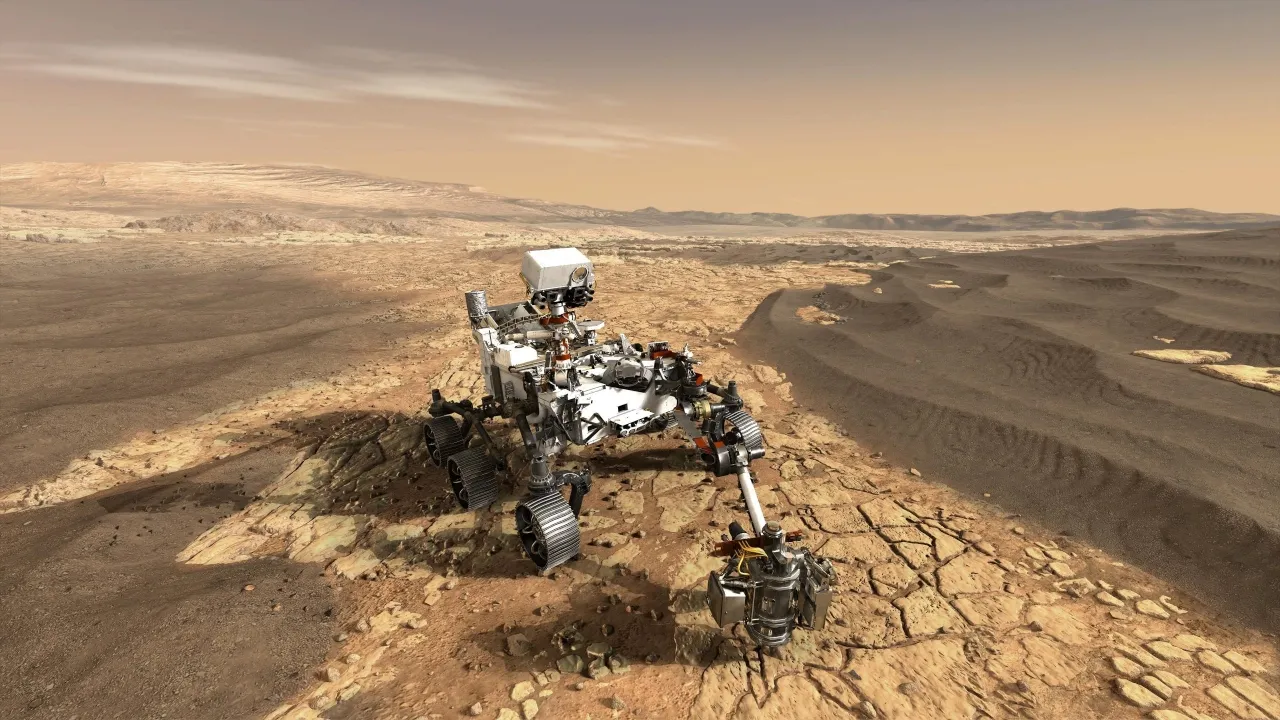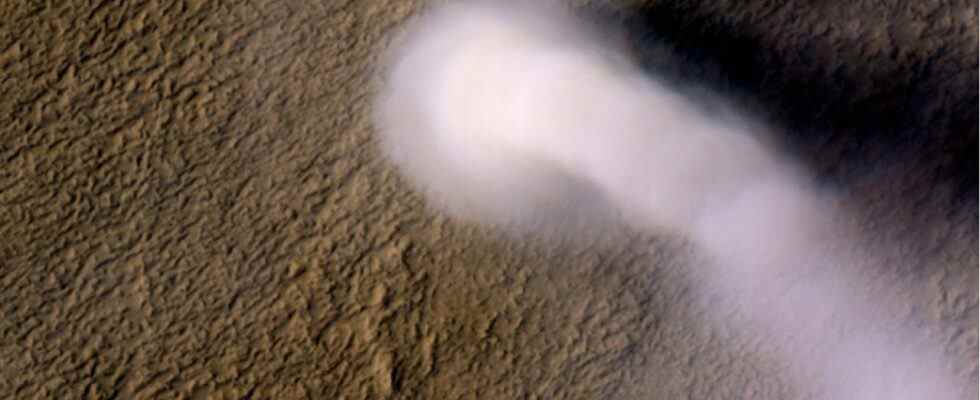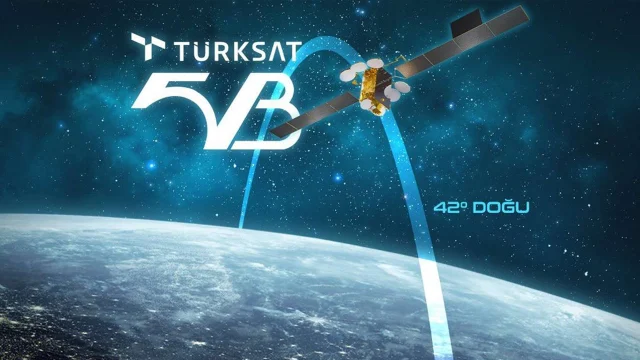Anthem NASA, which has been doing various research on it, is after a new testimony. The purpose of the space agency for the new testimony was information about the past. NASA, perseverance sent its rover to Mars’ Jezero Crater to follow past clues. While there, the car-sized rover witnessed hundreds of powerful dust demons.
Dust devils may also cover Mars
An area planetary scientist suspected of being once filled with water Jezero CraterIt turned out to be a dusty and dynamic place. NASA scientist Manuel de la Torre Juarez, who was involved in the perseverance mission, made a statement. In its description, “Jezero Crater may be one of the most active sources of dust on the planet.” said.
The space agency recently announced that the captured strong, captured in July 2021, dust devil published the images. When looking at the images, it is possible to see that there is a dust devil swirling both in the red hills and in front.
From these eddies at least fourpasses by the rover every day. When the ground heats up more than the air, it heats the air above it. The cooling air then rises as it descends, creating vertically circulating air. However, dust devils on marscan be much larger than those on Earth.
The rover, who sometimes lifts clouds of dust into the sky wind gusts also detects. NASA, “The largest of these formed a massive cloud covering 1.5 square miles (4 square kilometers).” said. Regional and planetary dust storms occasionally cover the red planet. Understanding how strong dust activity arose in Jezero Crater helps mission planners intense weather events It can help them predict.

Intense dust storms sometimes block sunlight from reaching the surface. This too from day to night causes it to spin. It’s a serious problem for robotic exploration missions or future human missions that rely on sunlight for power. However, according to opinions, there was not as much dust on Mars 2 billion years ago as today.
So, what do you think about this subject? Do not forget to share your views with us in the comments section.

